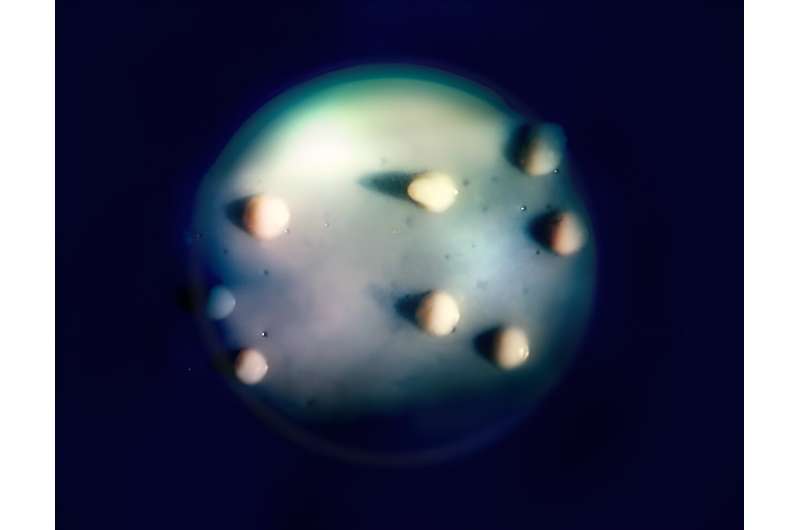This article has been reviewed according to Science X's editorial process and policies. Editors have highlighted the following attributes while ensuring the content's credibility:
fact-checked
trusted source
proofread
Study examines connections between drinking water quality and increased lung infections in people with cystic fibrosis

High levels of some minerals and metals in environmental water supplies may increase the risk of nontuberculous mycobacteria (NTM) pulmonary infections in people with cystic fibrosis, according to a new study from the National Institute of Allergy and Infectious Diseases, part of the National Institutes of Health.
The study, appearing in Environmental Epidemiology, found the presence of the metals molybdenum and vanadium along with sulfate—a collection of mineral salts—in the U.S. municipal water system was associated with an increased incidence of NTM pulmonary infections, the leading cause of drinking-water associated illnesses.
Prior studies have shown that certain environmental conditions, including the presence of trace metals, likely contribute to a higher abundance of NTM in the water. Two of the most common forms of NTM bacteria in the U.S. are Mycobacterium avium complex (MAC) and M. abscessus.
Both are linked to chronic lung infections in people with cystic fibrosis and other lung diseases. More than 35,000 people in the U.S. have cystic fibrosis, which causes the body to produce thick mucus, causing lung damage and trapping bacteria, increasing the likelihood of lung infection. This study measured whether the concentration of metals and minerals in the water had any influence on the probability of MAC and M. abscessus infection in people with cystic fibrosis.
The case-control, population-based study included Cystic Fibrosis Foundation Patient Registry data from 3,897 people with cystic fibrosis living in states that had trace metal water data available in at least 50% of counties: Arizona, California, Colorado, Connecticut, Maine, Massachusetts, Nevada, New Mexico, Rhode Island, Utah and Wyoming. The study revealed 484 people had MAC while 222 had M. abscessus.
The presence of sulfate and vanadium was positively associated with MAC, and the presence of molybdenum was positively associated with M. abscessus.
Researchers said the study sheds light on how water-quality elements may increase the risk of bacteria-related pulmonary infections, but more studies are needed to establish a causal relationship between those conditions.
More information: Ettie M. Lipner et al, The risk of pulmonary NTM infections and water-quality constituents among persons with cystic fibrosis in the United States, 2010–2019, Environmental Epidemiology (2023). DOI: 10.1097/EE9.0000000000000266



















